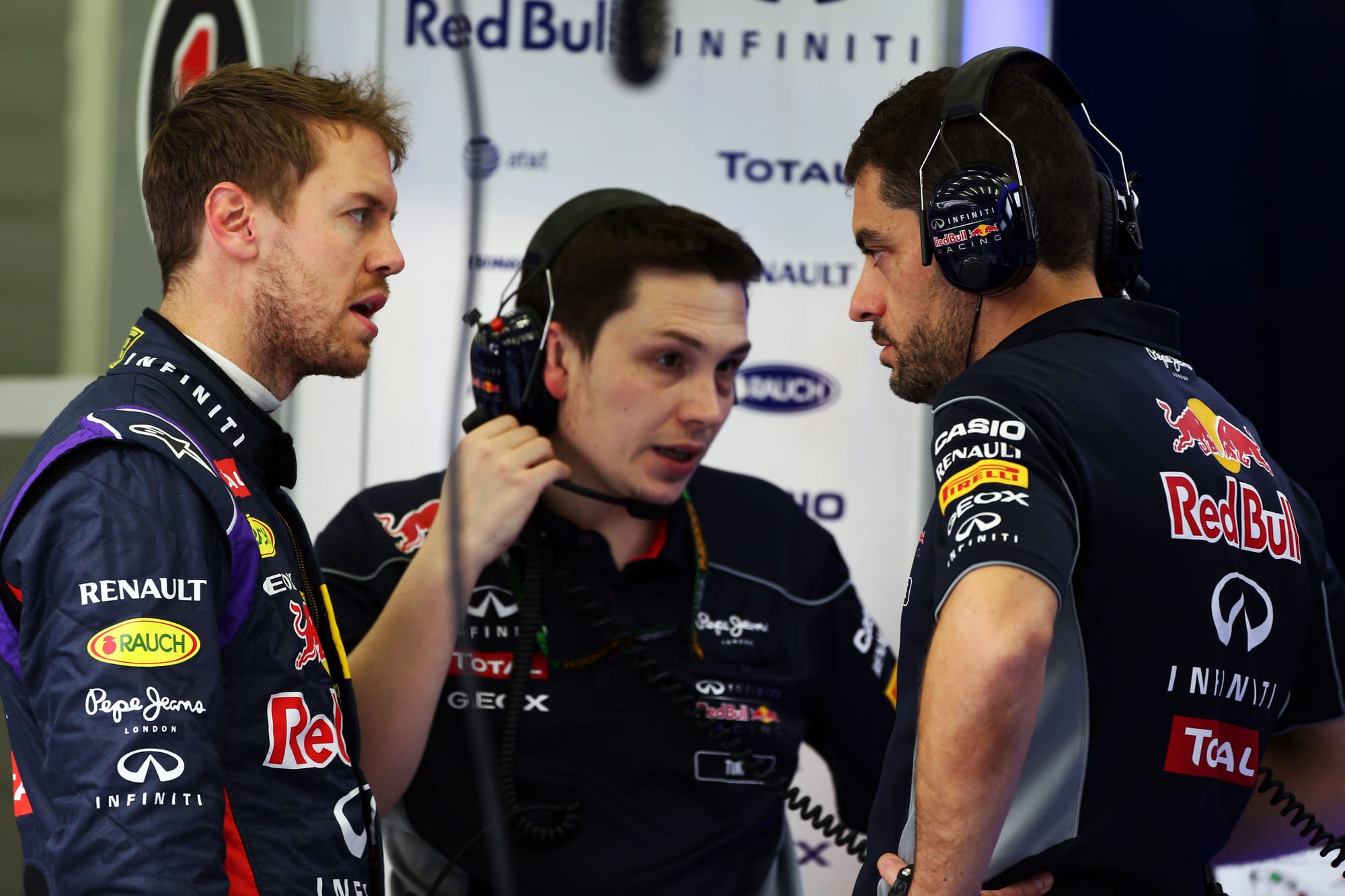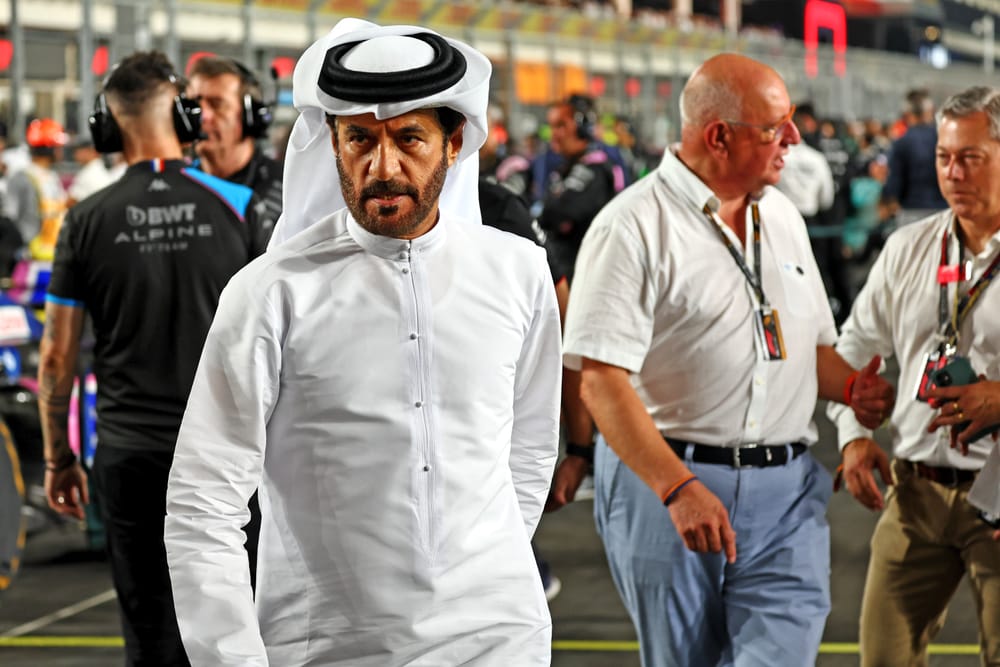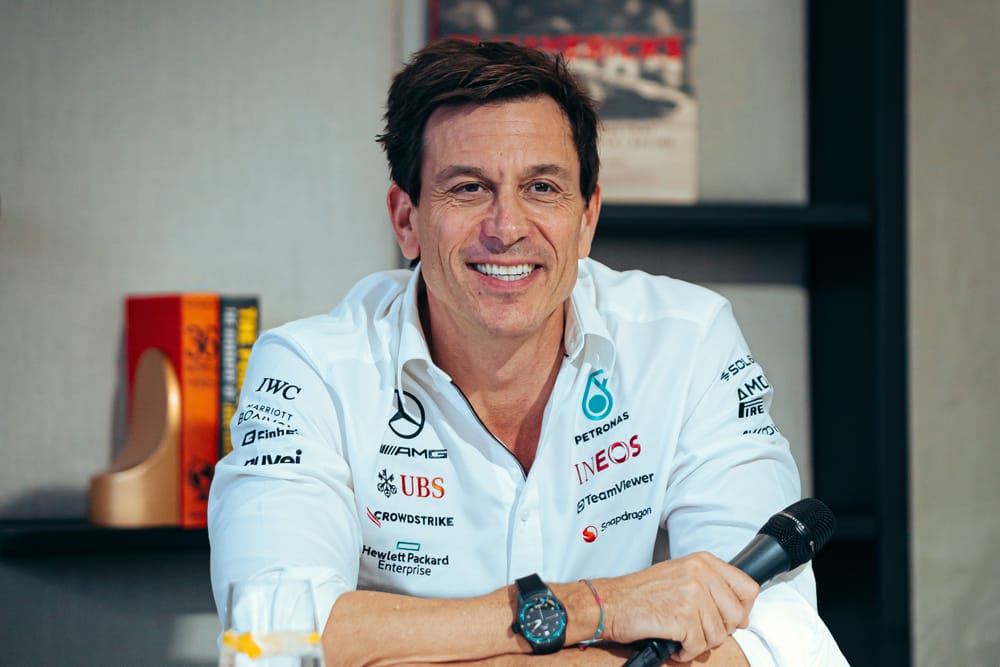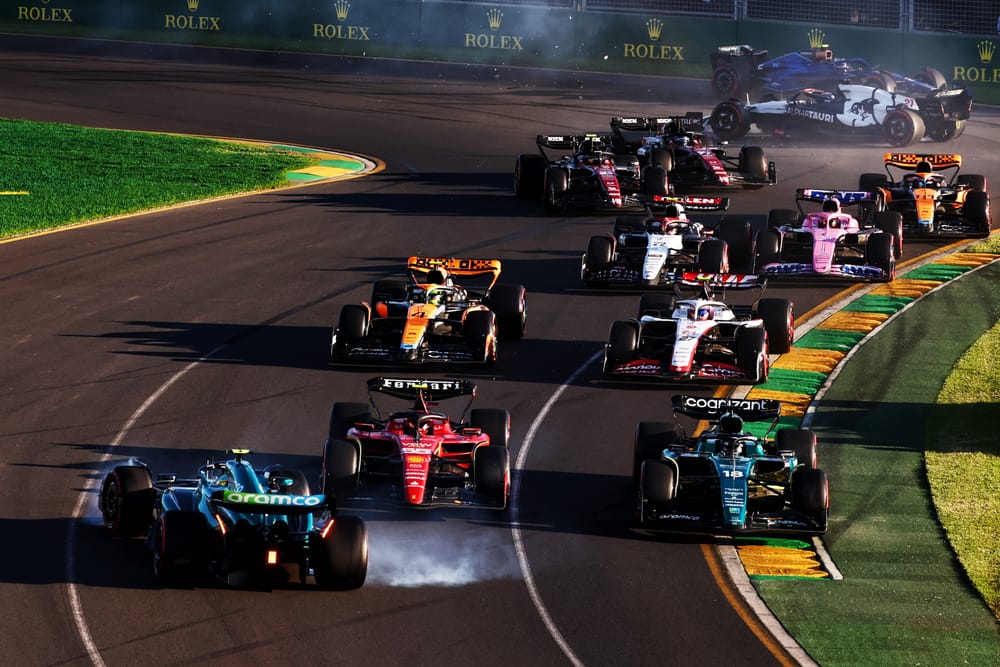Up Next

The FIA, Formula 1’s beleaguered regulator, had a chastening end to 2023 and has started 2024 in the same vein with the news of key personnel departing the organisation.
Sporting director Steve Nielsen leaves only a year after joining at what the FIA calls “a crucial phase of restructuring”, while technical director Tim Goss – formerly McLaren’s most senior F1 technical figure – is set to take up an undisclosed position elsewhere and has not been immediately replaced.

They both represent significant losses to president Mohammed Ben Sulayem’s FIA, given his F1 structure was only set in early 2023 and Nielsen and Goss were two experienced and respected people in extremely important roles.
That gave the evolving FIA F1 organisation immediate credibility, with Goss taking on the technical director position as Nikolas Tombazis moved into the new head-honcho position as single-seater director, and Nielsen joining from the F1 organisation itself – where he had also held an influential position.
What the FIA does next is only partly clear. Its announcement of the news was framed as the appointment of Tim Malyon as new sporting director, with the Nielsen and Goss exits demoted to the second half of an unusually long 800-word press release.
Former Red Bull and Sauber F1 engineer Malyon (pictured below, middle) has been at the FIA since 2019, held the role of safety director since 2021, and has been instrumental in the establishment and running of the remote operations centre – one of the big F1 changes of Ben Sulayem’s presidency.
The so-called ROC (Remote Operations Centre), designed to support the on-site race control team in real-time, has been a halo project for Ben Sulayem. Malyon “performed the operational duties of ROC Project Leader since May 2022”, so beyond the inevitable presidential approval a senior appointment such as this will have, his appointment as sporting director may well have the president’s fingerprints on it.

Malyon is an experienced, competent and logical appointment. But it will take more than an internal promotion to convince doubters the FIA is in a robust state.
Given Nielsen and Goss both leave amid suggestions of discontent with the FIA’s processes and openness to make the perceived necessary changes to improve, much will be made of what the revised FIA F1 structure looks like in its final form, how any practices evolve in 2024, what the result is in terms of race direction in F1 and how key processes like the finalisation of the 2026 chassis rules are handled.
And against the wider context of Ben Sulayem’s at-times chastening presidency, this is a big early test for the new season.
Since Ben Sulayem first outlined his intentions to overhaul the FIA, assuming the presidency in the wake of a controversial 2021 F1 season that ended in acrimony due to the actions of race director Michael Masi in Abu Dhabi, he has been much more interventionist than his predecessor Jean Todt.
That has resulted in many changes to the FIA’s structure but also the issues it has tackled each season, and how it has handled that, often to the dissatisfaction of other F1 stakeholders.
Ben Sulayem has been judged by critics to interfere too much and have misplaced priorities. And his intention of stepping back from day-to-day F1 matters – which his new Tombazis-led structure was meant to enshrine – does not appear to have become reality, with various 2023 controversies thought to have been instigated by him.
These include matters like planning to massively inflate the maximum possible fine for F1 offences without informing teams and drivers in advance, re-opening a Lewis Hamilton incident in Qatar primarily because of his status as a prominent role model, summoning team principals Toto Wolff and Fred Vasseur to the stewards for swearing in a press conference, and before Christmas an ill-judged, mishandled and brief inquiry into spurious conflict of interest claims about F1 Academy boss Susie Wolff and her husband Toto.
With that in mind, it is almost impossible to separate any negative FIA developments (however positively they might be spun) from the scrutiny that has felt incessant for two years and counting.
The FIA’s communication around the Nielsen/Goss departures, and Malyon’s arrival, was clearly designed to convey a strong image of rigorous practices, innovative operations, and an organisation on a “firm footing”.
That’s a quote in the release from Goss himself, but most FIA praise tends to be self-afforded. It needs to be validated, which makes this another defining year for the FIA and its embattled president.





